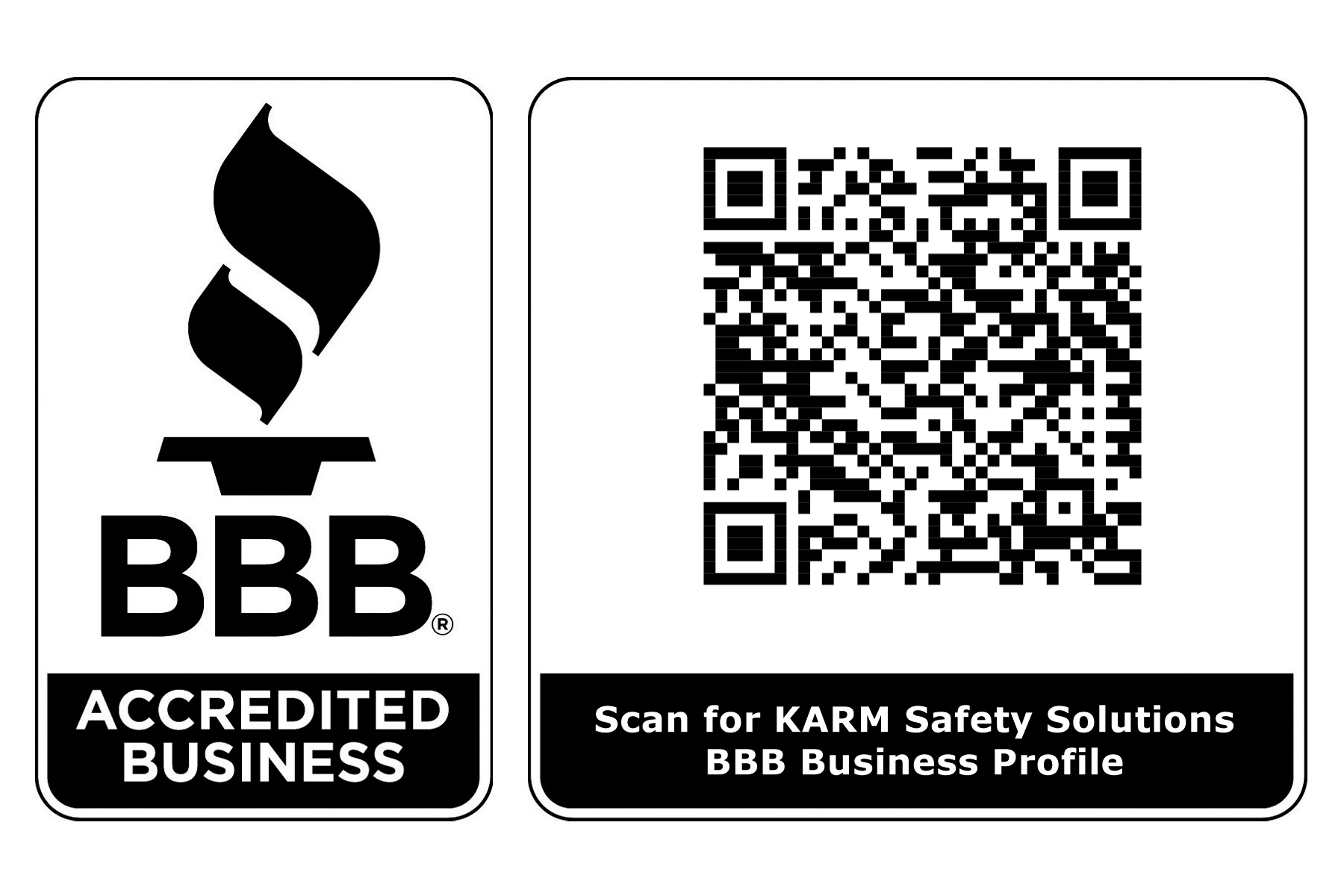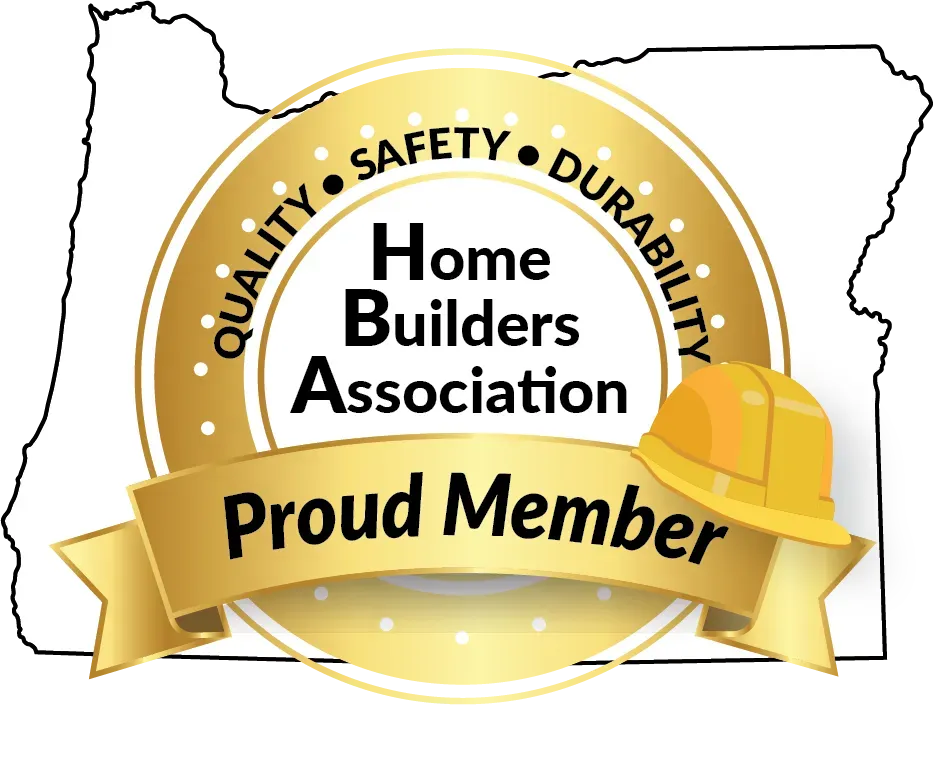Top 10 Most Frequently Cited Standards
OSHA, Fiscal Year 2023 (Oct. 1, 2022, to Sept. 30, 2023) Most cited violations.
The following is a list of the top 10 most frequently cited standards following inspections of worksites by federal OSHA for all industries. OSHA publishes the list to alert employers about these commonly cited standards so they can take steps to find and fix recognized hazards addressed in these and other standards before OSHA shows up. Workers suffer preventable injuries, illnesses, and deaths related to the hazards addressed in these standards.
- Fall Protection, construction (29 CFR 1926.501) -If that sounds familiar, it’s because this is the 13th consecutive year the standard has topped the list.
- Hazard Communication, general industry (29 CFR 1910.1200)
- Ladders, construction (29 CFR 1926.1053)
- Respiratory Protection, general industry (29 CFR 1910.134)
- Scaffolding, construction (29 CFR 1926.451)
- Control of Hazardous Energy (lockout/tagout), general industry (29 CFR 1910.147)
- Powered Industrial Trucks, general industry (29 CFR 1910.178)
- Fall Protection Training, construction (29 CFR 1926.503)
- Eye and Face Protection, construction (29 CFR 1926.102)
- Machinery and Machine Guarding, general industry (29 CFR 1910.212)













